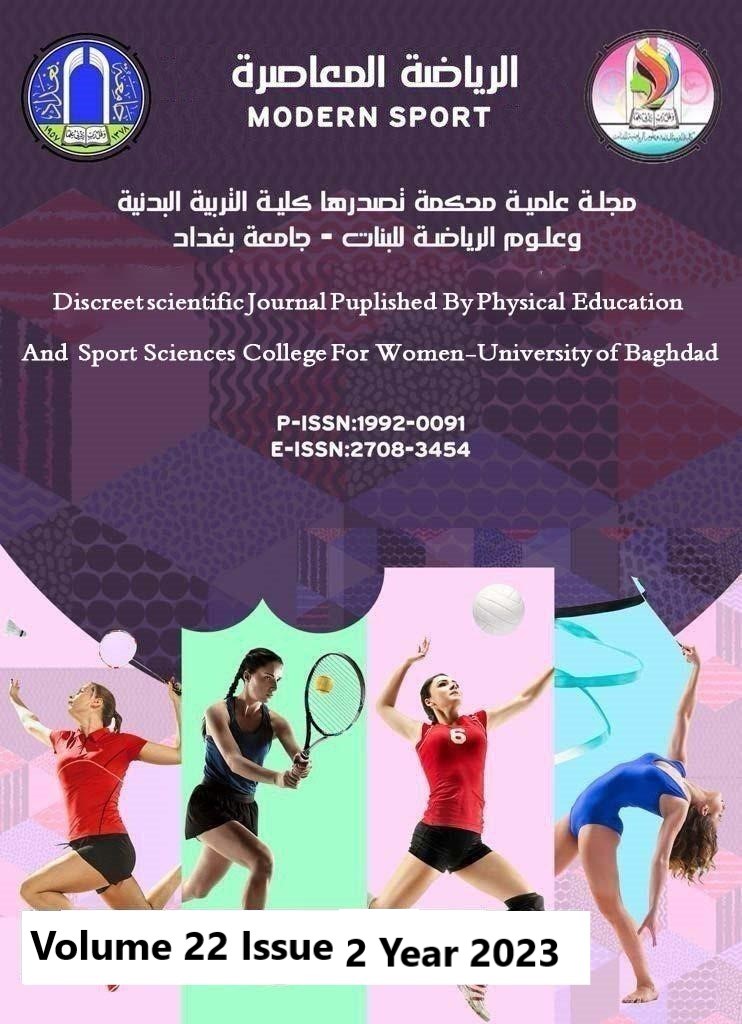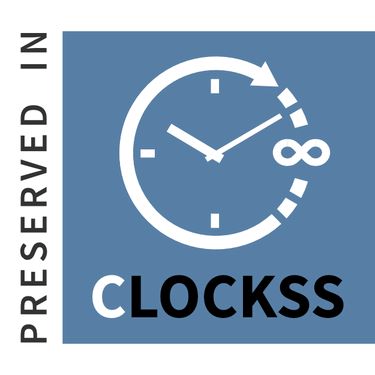Constructing and standardizing a spatial orientation test for skydiving
DOI:
https://doi.org/10.54702/ms.v22i2.1106Keywords:
Skydiving, Spatial OrientationAbstract
The science of testing and measurement, alongside other sports sciences, plays a crucial role in the objective evaluation of all aspects. It is a vital tool for evaluating the level that an athlete, whether a learner or a player, can reach. The importance of testing has emerged in paving the way for diagnosing strengths and weaknesses in players, as well as for guidance, classification, selection, and setting standards and levels to monitor positive aspects and maintain and develop them, while also addressing negative aspects. The importance of this research lies in constructing and regulating the measurement tool that can assess the quick response forces' ability to orient spatially towards a specific target during landing. This suits their training level and also evaluates the forces' level to identify their weaknesses. This enables trainers and relevant individuals to address these weaknesses and elevate them to the best levels to achieve positive and successful results from airdrop operations. The study aims to construct a test for the spatial orientation of skydiving and to determine standard criteria and levels for the spatial orientation of skydiving. The researchers used the descriptive method with a survey approach, based on the results, the researchers concluded that they were able to provide a measurement tool for assessing the spatial orientation of skydiving. The level of the sample members in the spatial orientation test ranged between (acceptable and average). The researchers recommend the necessity of increasing the training units that involve diverse landing environments. They also suggest including exercises that improve the level of spatial orientation for skydiving
References
Al-Fishawy, Amir. (2018). Skydiving. Amman, Dar Amjad for Publishing and Distribution. P:49
Al-Tikriti, Wadih Yassin and Abdul-Munim, Muhammad. (1994). Statistical Applications and Computer Uses. Mosul. P:146
Allawi, Muhammad Hassan. (2000). Measurement in Physical Education and Psychology. Cairo, Dar Al-Fikr Al-Arabi. P:258
Farahat Laila Al-Sayed. (2001) Measurement and Testing in Physical Education, (1st, ed.), (Cairo, Al-Kitab Center for Publishing). P:169
Khaldoun Muhammad. (2009). Educational Psychological Measurement, (1st edition), (Amman, Dar Al-Masira for Publishing and Distribution. P:43
Barry L Johnson. (1987). Practical Measurement for Evaluation in Physical. 4th edition Burgess Publishing; U.S.A. P:32
Jinan Ghazi Siqar. (2022). The offensive tactical behavior and its relationship to the speed of the kinetic response in football for the players of Al-Nasiriya Club. Modern Sport, 21(4), 0059.
https://doi.org/10.54702/ms.2022.21.4.0059
Rusul Abbas & Ishraq Ghalib. (2022). Speed of the visual response and its relationship to some visual abilities in the sport of fencing. Modern Sport, 21(2), 0047.
https://doi.org/10.54702/msj.2022.21.2.0047
Abdul-Monem Sulaiman Barham. (1995). Modern Gymnastics Encyclopedia: Skills, Education, Training, Measurement and Evaluation, Organization and Management, Judging, Sports Terminology. Dar Al-Fikr Al-Islami Al-Hadith. P:419
Raheeq Nazar & Nuhad Muhammed. (2022). Expectations of self-efficacy and its role in some mental abilities and basic skills in badminton for female students. Modern Sport, 21(1), 0044.
https://doi.org/10.54702/msj.2022.21.1.0044
Zainab Shakir & Widad Kadhum. (2021). The relationship of some physical variables and performance angles to the strength of the straight serve in tennis. Modern Sport, 20(4), 0061.
https://doi.org/10.54702/msj.2021.20.4.0061
Diana Haider & Widad Kadhum. (2021). The Effect of compound exercises using the (RANDOM SHOT) device and the electronc goal ln developing the speed of the motor response and the rapid ability of the two goal keepers’ youth football halls. Modern Sport, 20(3), 0022.
https://doi.org/10.54702/msj.2021.20.3.0022
Nadir Ismaeel Halawa & Husham Ali Alaqraa. (2021). The Impact and effect of caffeine on the improvement of muscle strength of students in the college of physical education and sports at Al-Aqsa University. Modern Sport, 20(3), 0152.
Downloads
Published
Issue
Section
License
Copyright (c) 2023 Modern Sport

This work is licensed under a Creative Commons Attribution 4.0 International License.















